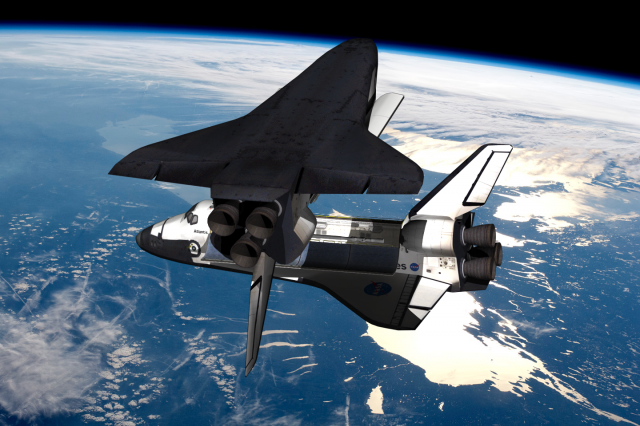The audacious rescue plan that might have saved space shuttle Columbia
Ars Technica » Scientific Method 2014-02-26

If we die, we want people to accept it. We are in a risky business, and we hope that if anything happens to us, it will not delay the program. The conquest of space is worth the risk of life.
—Astronaut Gus Grissom, 1965
It is important to note at the outset that Columbia broke up during a phase of flight that, given the current design of the Orbiter, offered no possibility of crew survival.
—Columbia Accident Investigation Board Report
At 10:39 Eastern Standard Time on January 16, 2003, space shuttle Columbia lifted off from pad 39A at the Kennedy Space Center in Florida. A mere 81.7 seconds later, a chunk of insulating foam tore free from the orange external tank and smashed into the leading edge of the orbiter's left wing at a relative velocity of at least 400 miles per hour (640 kph), but Columbia continued to climb toward orbit.
The foam strike was not observed live. Only after the shuttle was orbiting Earth did NASA's launch imagery review reveal that the wing had been hit. Foam strikes during launch were not uncommon events, and shuttle program managers elected not to take on-orbit images of Columbia to visually assess any potential damage. Instead, NASA's Debris Assessment Team mathematically modeled the foam strike but could not reach any definitive conclusions about the state of the shuttle's wing. The mission continued.
In reality, the impact shattered at least one of the crucial reinforced carbon-carbon heat shield panels that lined the edge of the wing, leaving a large hole in the brittle ceramic material. Sixteen days later, as Columbia re-entered the atmosphere, superheated plasma entered the orbiter's structure through the hole in the wing and the shuttle began to disintegrate.
Read 89 remaining paragraphs | Comments